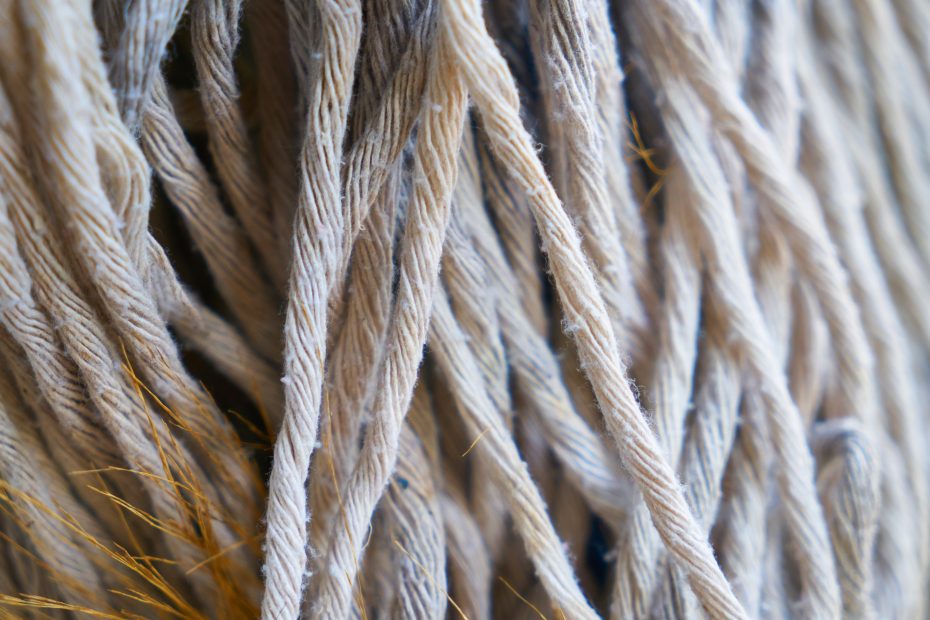In recent years, the demand for natural fibres in the production of textiles and other products has increased significantly, and for good reason. Growing concerns about sustainability and the environmental footprint of the textile industry have driven this trend. Natural fibres have been used for centuries for the production of textiles and other products. These fibres come from renewable resources and are biodegradable, making them a more sustainable option than synthetic materials derived from petroleum.
The importance of natural fibres
Among natural fibres, hemp and flax have become popular choices thanks to their unique characteristics and significant environmental benefits. Hemp, for example, is extremely strong and durable, and can be used in a wide range of products, from clothing and accessories to building materials and paper. Flax, on the other hand, is noted for its softness and breathability, and is commonly used in bed linen, summer clothing and kitchen towels. Nowadays linen is a trend in rustic decoration due to its texture and natural appearance. In addition, linen is easily adaptable to different decorating styles, making it a popular choice for decorators and interior designers.
Despite their advantages, hemp and flax still represent a small fraction of the global natural fibre market, and cotton remains the predominant material with approximately 90% of the world’s natural fibre production. However, hemp and flax have great potential to lead the way towards more sustainable textile production. As the trend towards natural and sustainable fibres strengthens, it is important to further explore and develop their use in the textile industry.
The challenges of natural fibres
It is true that there are still challenges in the production and supply chain of these fibres, including a lack of infrastructure and expertise. But, as a company committed to sustainability and innovation, at Vilarrasa we also work with natural fibres for the production of recycled yarn and we are dedicated to closely follow trends in the textile industry to develop new ways of using natural and more sustainable materials in our production. In conclusion, hemp and flax are two natural fibres with a lot to offer in terms of sustainability and environmental benefits. As the textile industry moves towards more sustainable and environmentally friendly production, we expect these natural fibres to be increasingly used and valued.


